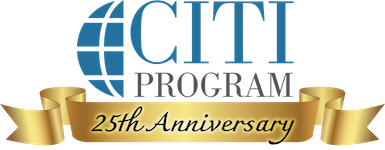This course provides fundamental training for the use of lasers and laser systems in research and medical institutions. A crucial piece of every laser safety program is the knowledge, by each individual working with or near lasers, of the hazards faced and the ways in which the work can be performed safely. It includes a review of basic laser concepts, specific types of lasers and their uses, hazard evaluations and classifications, potential biological effects and mechanisms of injury, safety practices and protective measures, and regulations. Completion of this course will empower the learner to create and maintain a positive culture of laser safety at their institution.
Course Preview:
Language Availability: English
Suggested Audiences: Clinical Investigators, Faculty, Nurses, Physicians, Researchers, Staff, Technicians, Undergraduate and Graduate Students
Organizational Subscription Price: $675 per year/per site for government and non-profit organizations; $750 per year/per site for for-profit organizations
Independent Learner Price: $99 per person

